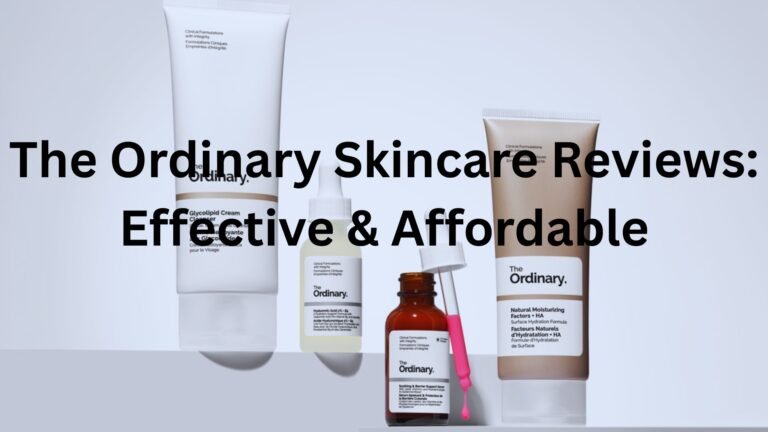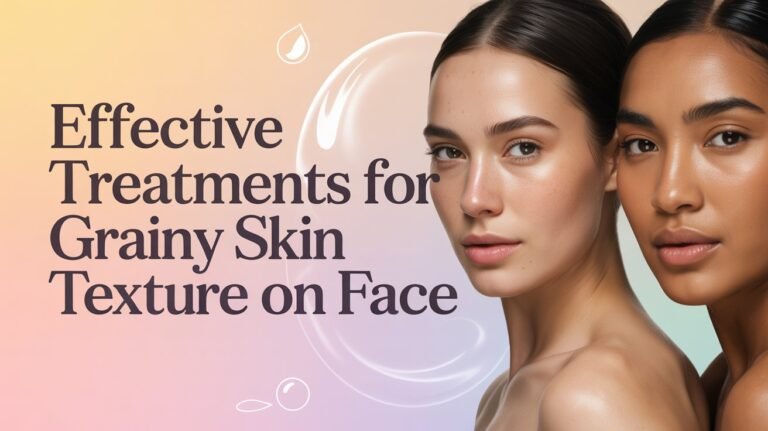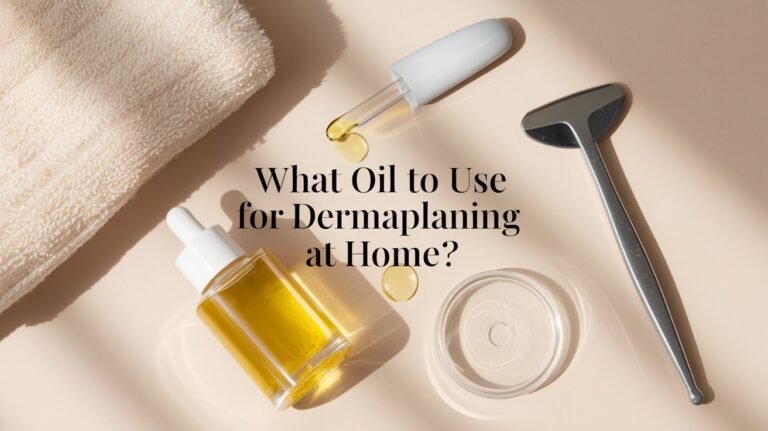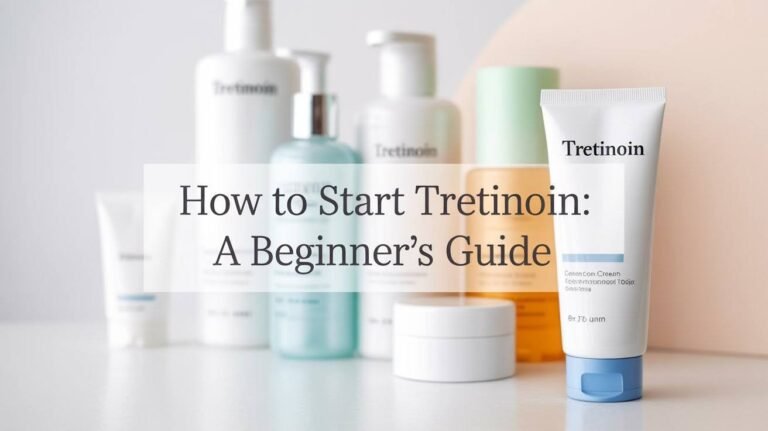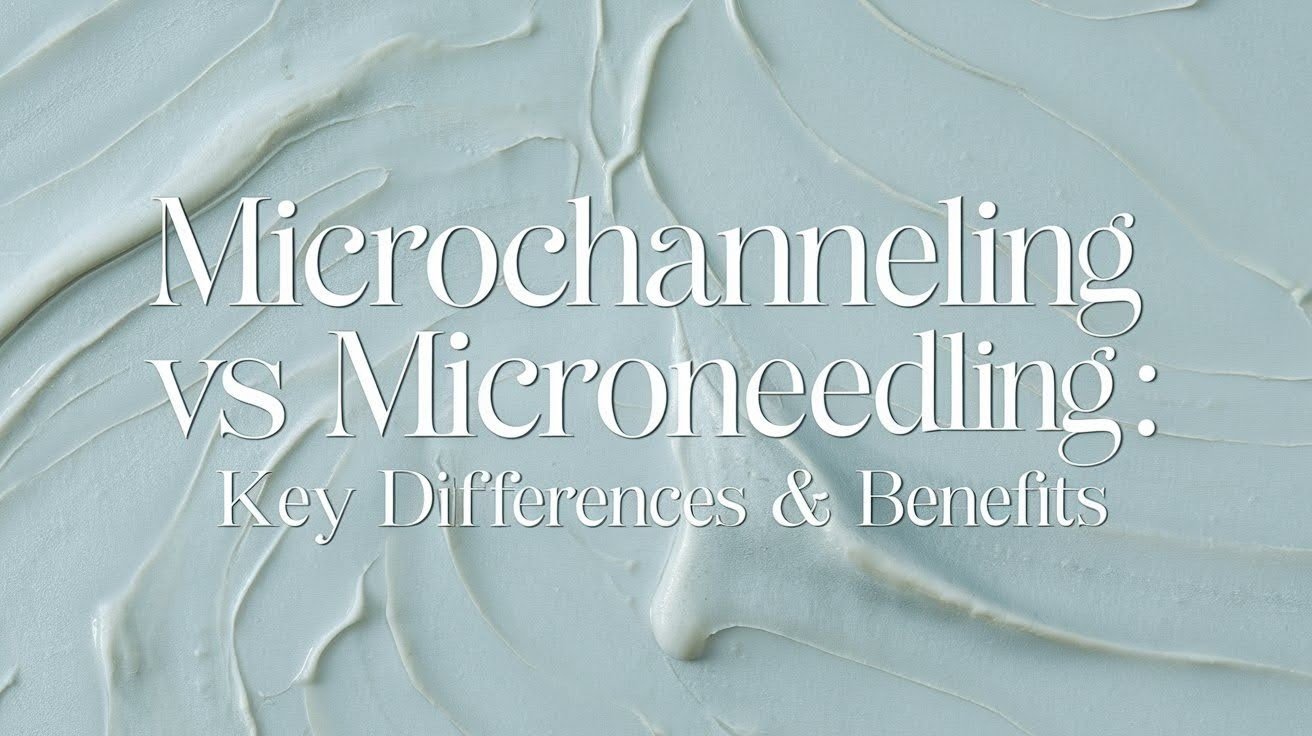Can You Use Retinol and Tretinoin Together?

Superstars in skincare, retinoid helps fight dull skin, acne, and wrinkles. However, a frequently asked question is whether using retinol and tretinoin together can produce quicker results.
Since I’ve been experimenting with retinoids for years, I understand how alluring it is to apply multiple layers for optimal effects. However, the answer is not straightforward.
You will find the distinction between retinol and tretinoin in this guide. I’ll go over why combining them can harm your skin and when switching between them might be beneficial.
Additionally, you’ll receive helpful advice on preserving your skin barrier, preventing irritation, and increasing tolerance.
You’ll understand precisely how to use these potent ingredients in a safe manner by the end.
Understanding Retinoids: The Vitamin A Family
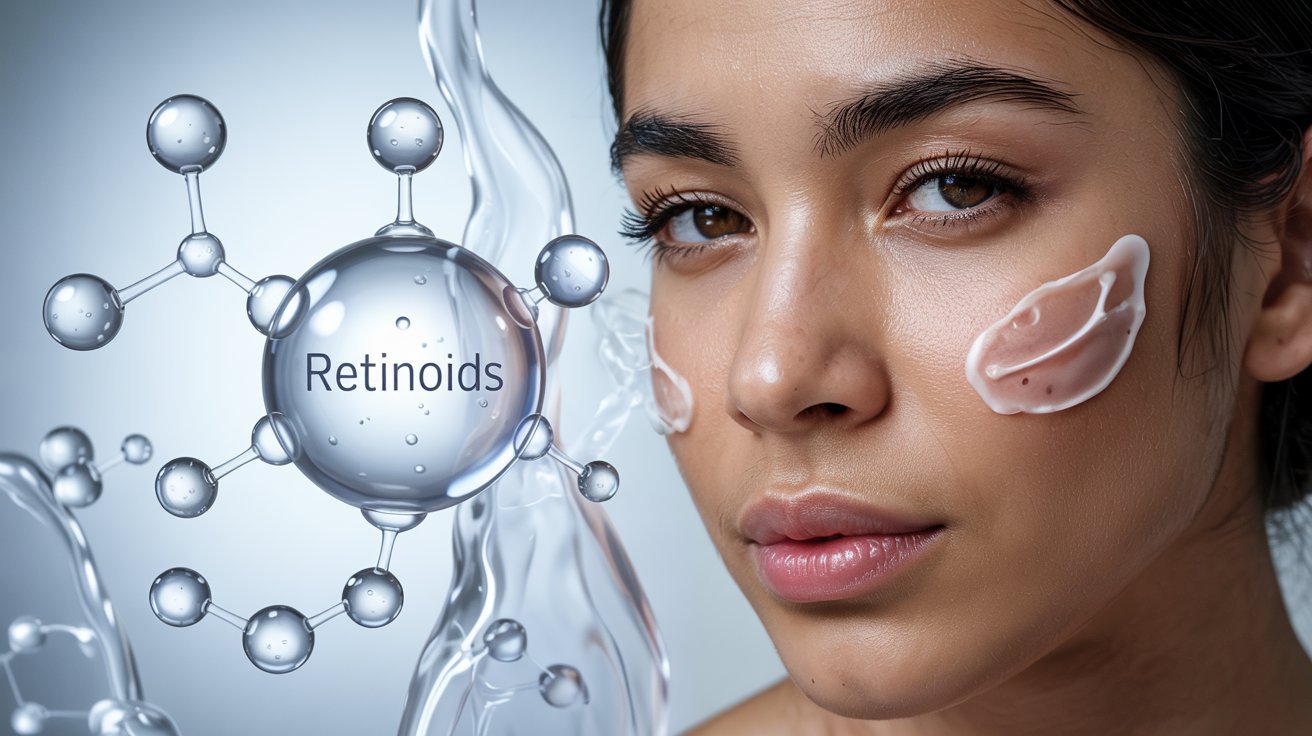
Retinoids are vitamin A derivatives that speed up cell turnover, boost collagen production, and control acne for clearer skin.
Retinoids tell your skin cells to turn over faster. Old cells shed quickly while fresh cells surface. This reduces fine lines, fades dark spots, and keeps pores clear. Collagen production increases, creating firmer skin that resists wrinkles.
Retinol is the over-the-counter form that’s gentler but slower. Your skin must convert retinol through several steps before it becomes active. Results take months of consistent use.
Tretinoin (Retin-A) requires a prescription and works much faster. It’s already in the retinoic acid form, so your skin uses it immediately.
This creates stronger results in weeks but also causes more side effects like dryness and peeling.
Can You Use Retinol and Tretinoin Together?
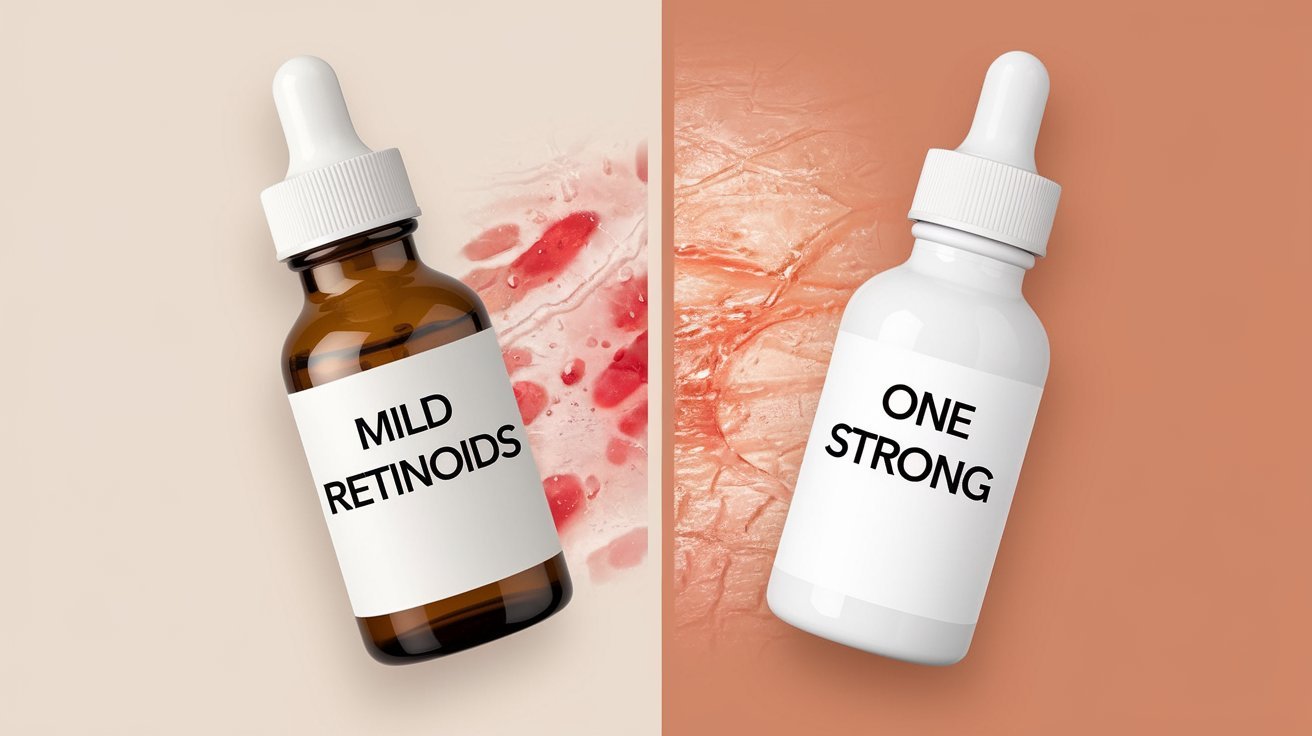
Using retinol and tretinoin together typically causes more harm than benefit, leading to severe irritation and barrier damage.
The short answer is no for most people. Layering these ingredients over-exfoliates your skin. Both work on the same receptors and trigger identical processes. Doubling up doesn’t double results but does increase irritation risk.
Using them simultaneously causes intense redness, tightness, and severe flaking. Your skin barrier breaks down, making even gentle products sting. The irritation can last for days or weeks.
Alternating between them on different nights might work for some people. This gives your skin recovery time between applications.
The alternating method works best when transitioning from retinol to tretinoin, helping your skin adjust gradually.
Some people use the “sandwich” method with one retinoid: moisturizer, retinoid, then more moisturizer. This buffers the active ingredient and reduces irritation.
How to Safely Alternate Between Retinol and Tretinoin
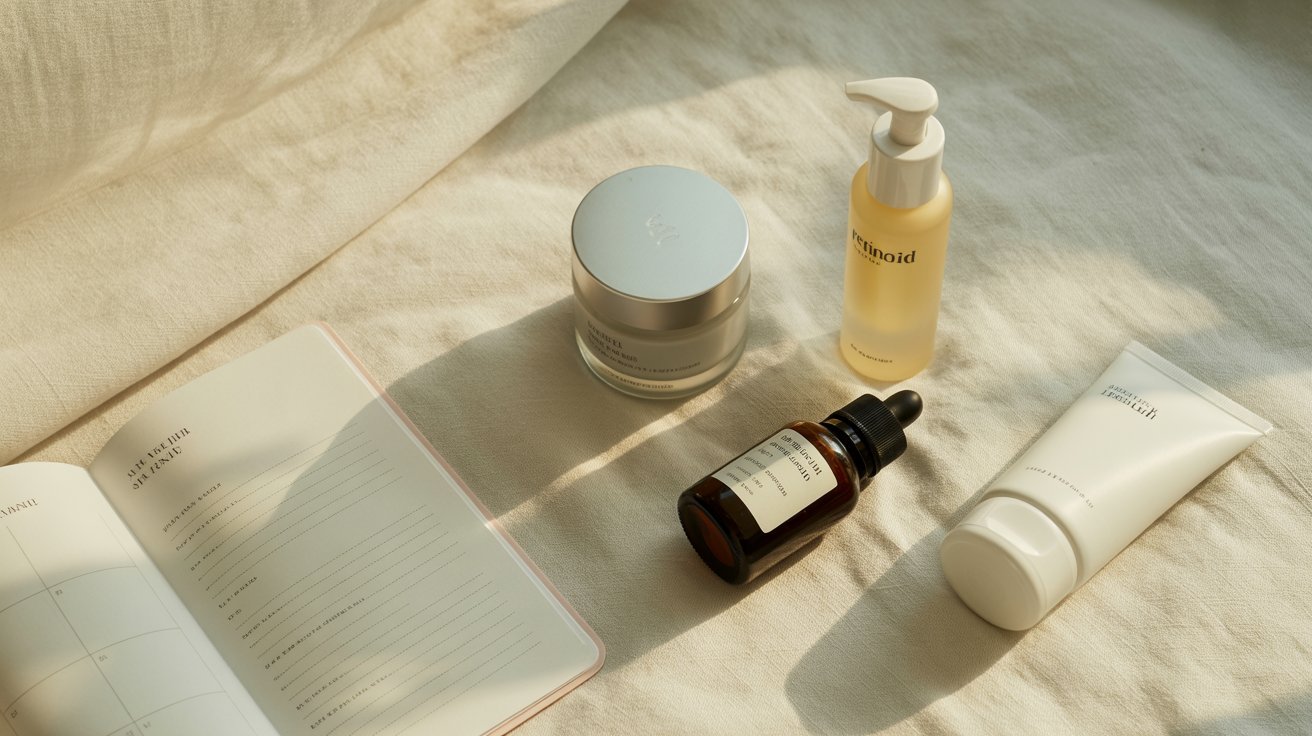
Alternating retinol and tretinoin requires patience, careful scheduling, and strong moisturizer support to avoid damaging your skin barrier.
Build Tolerance Slowly
Start with retinol 2 to 3 times per week for at least a month. Let your skin adjust to increased cell turnover before adding tretinoin. Watch for signs of tolerance like reduced flaking and no redness after application.
Try an Alternating Routine
Space out both products with a careful schedule. A sample routine:
Monday, Wednesday, Friday: Apply retinol after cleansing
Tuesday, Thursday, Saturday: Use moisturizer only with no actives
Sunday: Apply tretinoin after cleansing
This gives your skin multiple recovery days each week. Moisturizer-only nights let your barrier repair itself between applications.
Always Moisturize and Protect
Use barrier-repair moisturizers with ceramides, fatty acids, and cholesterol. These rebuild the protective layer that retinoids can damage.
Apply sunscreen every morning with SPF 30 or higher. Retinoids make your skin vulnerable to sun damage. Skipping sunscreen causes dark spots and cancels out your results.
The buffering or sandwich method reduces irritation. Apply moisturizer first, then retinoid, then more moisturizer. This slows absorption and prevents burning without eliminating effectiveness.
Signs You’re Overdoing It
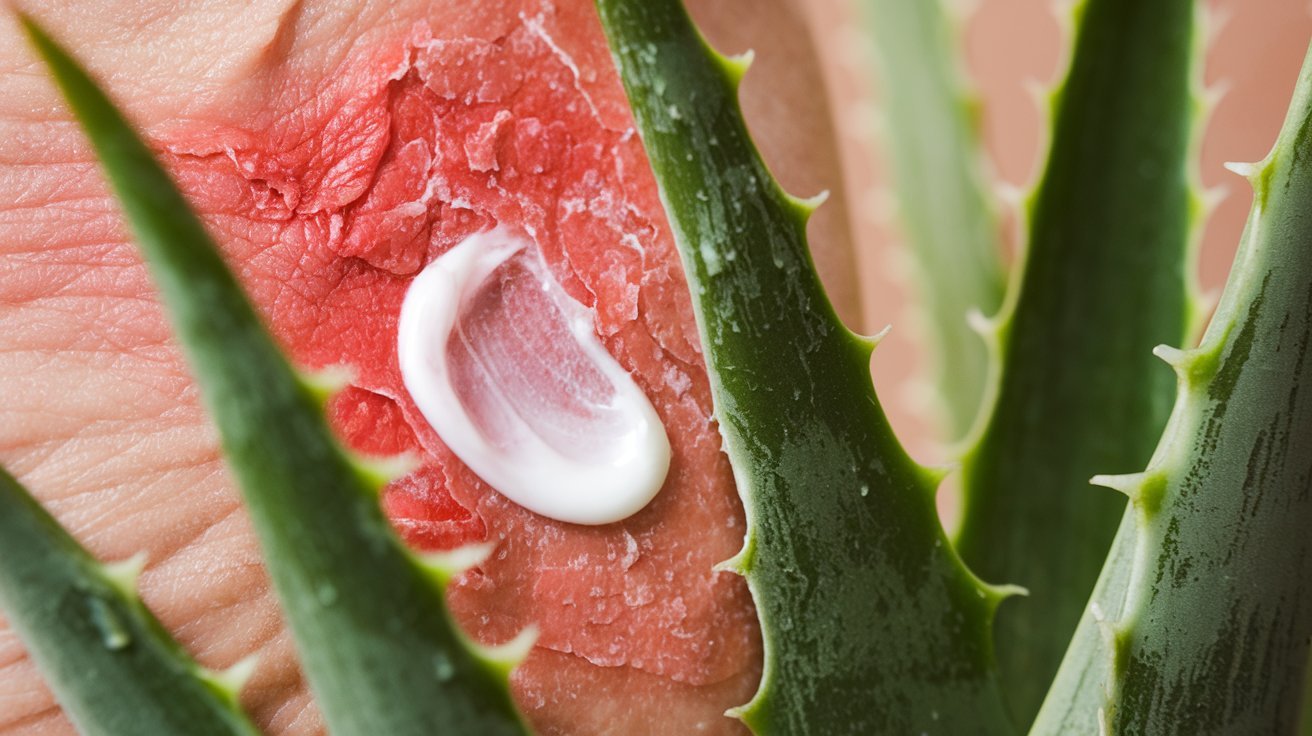
Recognizing irritation early helps you pull back before causing lasting damage to your skin’s protective barrier.
Excessive Flaking
Your skin sheds visibly in flakes or patches that makeup won’t cover. Normal retinoid adjustment causes light flaking. Overdoing it creates thick, persistent peeling that lasts for weeks.
Persistent Redness
Your face stays red or flushed even hours after application. The redness spreads beyond the application area and doesn’t calm down overnight.
Burning or Stinging
Products that never bothered you suddenly burn when applied. Even water or gentle cleanser causes stinging sensations. This signals severe barrier damage.
Uncomfortable Tightness
Your skin feels stretched and uncomfortable throughout the day. The tightness doesn’t improve with moisturizer application. This means you’ve stripped away too much natural oil.
Increased Breakouts
Breakouts beyond 4 to 6 weeks signal irritation, not adjustment. Stop all activities immediately.
Use gentle cleansers, ceramide moisturizers multiple times daily, and barrier repair serums with centella or niacinamide to heal your skin.
Your skin needs at least 1 to 2 weeks to recover from retinoid overuse. Avoid makeup if possible to let your skin breathe. Return to retinoids slowly once redness and breakouts are completely clear.
Expert Advice on Combining Retinoids
Dermatologists typically recommend using one retinoid at a time for safety, effectiveness, and better results without irritation.
Most dermatologists advise against combining retinol and tretinoin. Both target the same receptors and trigger identical processes. Adding a second retinoid creates no benefits, only irritation.
Barrier damage from combining retinoids can take months to repair. Consult a professional before changing your routine or transitioning from retinol to tretinoin for a safe, personalized plan.
Best Practices for Using Retinoids Safely

Following proven guidelines helps you get retinoid benefits while avoiding the irritation that makes people quit using them.
Start Low and Go Slow
Begin with the lowest concentration available and increase gradually. Apply retinoids just 1 to 2 nights per week initially. Your skin needs time to build tolerance before increasing frequency.
Avoid Mixing with Other Actives
Skip acids like glycolic, lactic, and salicylic acid on retinoid nights. Don’t combine with benzoyl peroxide in the same routine as it deactivates retinoids. Keep vitamin C separate and use it in the morning instead.
Prioritize Sun Protection
Apply broad-spectrum SPF 30 or higher every morning without exception. Retinoids increase photosensitivity dramatically.
Reapply every 2 hours outdoors, as sun damage can undo months of progress in a single afternoon.
Conclusion
I learned the hard way that tretinoin and retinol shouldn’t be used together. I lost my skin barrier when I tried to get results faster.
Keep using only one retinoid at a time. If you’re interested in alternating, first speak with your dermatologist. Use strong moisturizers, sunscreen, and consistency every day.
Your skin will appreciate your patience. Ask questions or share your retinoid experiences in the comments section if you have any questions about your regimen!
Frequently Asked Questions
Can I use retinol in the morning and tretinoin at night?
No, using both in one day overloads your skin with retinoids. This causes severe irritation, redness, and barrier damage. Stick to one retinoid type and use it only at night.
How long should I wait between switching from retinol to tretinoin?
Wait at least 4 to 6 weeks of consistent retinol use before introducing tretinoin. Build tolerance first, then start tretinoin 1 to 2 nights per week while phasing out retinol gradually.
What happens if I accidentally use both on the same night?
Your skin will likely experience increased redness, dryness, and irritation. Skip all actives for several days and focus on gentle cleansing and heavy moisturizing until your skin calms down.
Is tretinoin better than retinol for anti-aging?
Tretinoin is more potent and works faster for anti-aging results. However, retinol causes less irritation and works well for many people. The “better” choice depends on your skin’s tolerance and needs.
Can I use a retinol serum under tretinoin cream?
No, layering retinol under tretinoin is unnecessary and causes excessive irritation. If you want to buffer tretinoin, use a plain moisturizer instead of adding another retinoid product.

